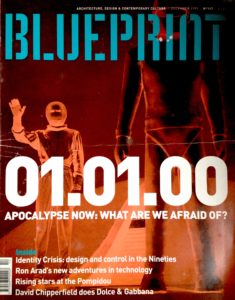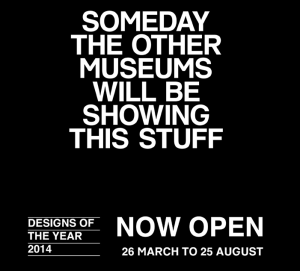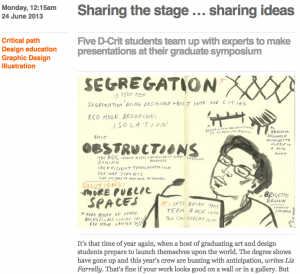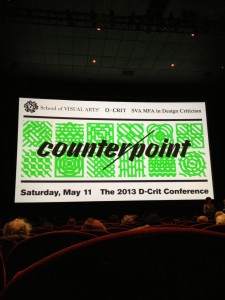The outpourings of unease, dread and fear that recent political events have caused reminds me of an earlier era, 1999 (although back then we were asked to party too). The run up to the Millennium witnessed the kind of end-of-days headbanging practiced by religious zealots since the Middle Ages, spiced with a dose of fin de siècle decadence and topped with the techno-paranoia of the Y2K Bug and the predicted meltdown of communications, power and defence systems worldwide. With the Internet still in its infancy and social media merely a glint in its circuitry, hysteria was polarised. Mainstream media presented experts and button-holed politicians while conspiratorial survivalists used grass-roots networks to challenge official messages meant to placate the public.
One media practitioner commanding attention was Kalle Lasn not because he peddled doom-laden prophecies, although he was angry, but because the magazine he had launched a decade before seemed to (now) perfectly fit the zeitgeist. Adbusters gave a message of resistance and not from a place of despair. It advocated for urgent action using the incendiary power of the image, documentary and manipulated, while retaining a stance of positivity, and the look and feel of the magazine – colourful, glossy, eye-catching – helped promoted that can-do, future-focused message.
Continue reading





